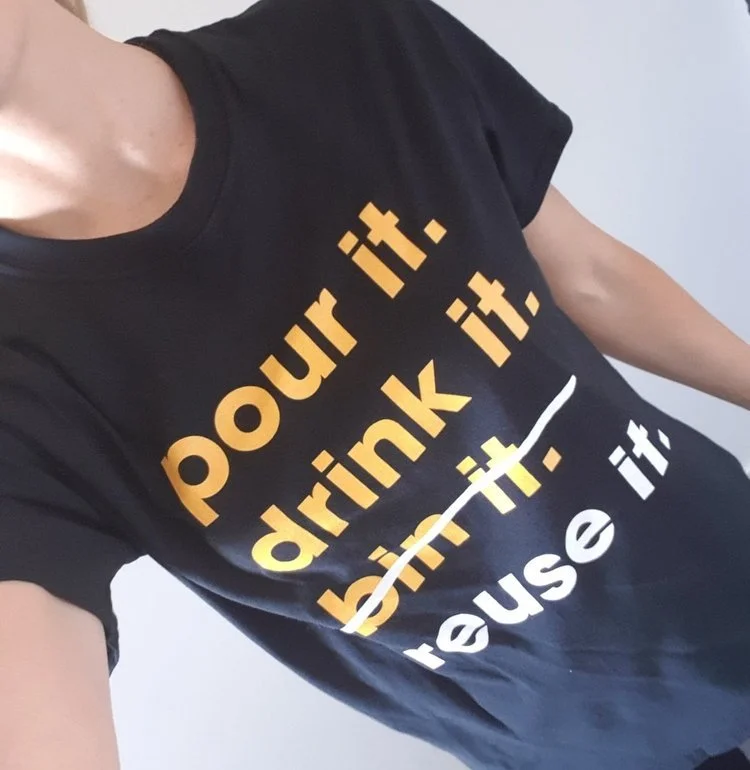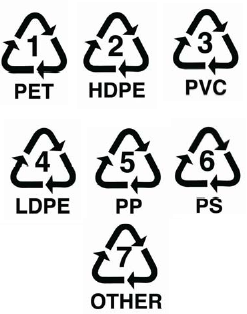our plastics.
Plastic.
Sigh, we know. Ban plastic, #plasticfree. Plastic is still a huge part of our lives in general, whether we like it or not.
The way it’s made is a bit unfortunate too- usually derived from coal, natural gas and crude oil.
The bettercup journey has taught us more about plastic and manufacturing than we ever really expected to learn.
It was a big decision for us whether to proceed with our business, a core part of which is the manufacturing of plastic cups. There’s a fundamental reason why we did; we knew that the difference we could make in educating and promoting reuse, let alone the reduction in plastic that would be used once and thrown away and the general reduction that comes about from reuse, would outweigh the existing requirement to keep using the plastic.
I say existing requirement because we haven’t yet stumbled on a material quite so durable and affordable, but we are always searching, as well as looking at alternatives to fill the gap for people who wish to remove plastic from their lives as much as they can and are willing to go to the extra effort.
In terms of our business, when you’re providing a reusable solution for big events or venues where the patrons can be less than sustainably minded, you have to start by presenting them with a practical and affordable option; you have to take a first step.
So, here are some details about the plastics we use and why we chose them.
Polypropylene
Polypropylene is a very widely used plastic. It’s the one with the number 5 inside the recycle symbol (this symbol doesn’t necessarily mean the plastic it’s printed on is recyclable, especially in your area so always check, it’s a resin identification code). Durable, heat resistant, fine in commercial dishwashers and of course BPA free, we use PP to make our tumbler and taster cups at our factory in Melbourne. Before they go out in the world, if the machine hasn’t made a cup quite right, it just gets chopped back up into pellets and made into a cup again. If you’re wondering what kinds of polypropylene you may have around the house, think reusable food containers, possibly also your kettle, even your reusable supermarket bags. If you use plastics in your home, probably a large number of them are polypropylene.
Once our polypropylene cups finally break or can no longer be used, they can be put kerbside and will be collected by almost all councils who offer a recycling service (you can check who your council is here, and get a link to their site for recycling info).
We also offer to collect them from our event and venue customers and then have them picked up by our recycler in Geelong, who then turns them into wheelie bins, outdoor furniture, or pots for pot plants.
Why can’t we just recycle old cups into new ones? Good question. Because cups are used to serve drinks and they touch your lip, the material they’re made from needs to be food grade. Any recycling plants who wish to produce food grade plastics have to undergo an intensive certification process, and because polypropylene has such a wide range of uses outside of food grade products, it’s too high a barrier when there are plenty of other applications for all that polypropylene that comes to be recycled. Short answer: we’re working on it.
Tritan
Tritan is a recently developed plastic. It was made by Eastman, to fill a gap that no plastic has yet been able to- clarity rivaling glass, very high durability, great heat resistance, and BPA free. Our stemless and flute cups are made of tritan, and you may have seen this style of cup around for a while. In the past these cups were typically made of polycarbonate, which has great clarity and strength too but is almost always made with BPA, which you may have heard of due to the research into its release into the environment with polycarbonate’s exposure to water and heat (please don’t put polycarbonate into the dishwasher!)
If you have a clear or semi-clear sturdy drink bottle it could well be made of tritan too.
Tritan is still difficult to recycle as it isn’t as common, so we take advantage of its strength and focus on reuse. When we do have Tritan products that need recycling we send them to our local recycling partner that turns them into reusable coffee cup parts.
Tritan is a number 7 (unclassified) plastic. I’ll give you an overview of the plastic types and some common uses for them below.
Plastic Types.
1. Polyethylene Terephthalate, PET, or polyester. Most water bottles and soft drinks, detergent and sauce bottles are made of PET
2. High-Density Polyethylene, HDPE. Milk and juice bottles, shampoo bottles, single use supermarket bags
3. Polyvinyl Chloride, PVC. Plumbing pipes and conduits, bubble wrap, cling wrap, playmats, flooring
4. Low-density polyethylene, LDPE. Lining in paper cups and cartons, bread and produce bags
5. Polypropylene, PP. Reusable cups, ice cream containers, reusable supermarket bags, plant pots, wheelie bins, takeaway containers
6. Polystyrene, PS. Foam cups and hinged takeaway containers, packing peanuts, meat trays
7. Other (Nylon, Polycarbonate, Tritan, and more) Reusable wine cups, safety glasses, CDs, headlight lenses
While technically anything is recyclable, some things are much easier and widely accepted and processed than others.
Generally you’ll need to put soft or scrunchable plastics aside and take them to a REDcycle drop off as your Council probably won’t take them. There are all sorts of companies who collect all sorts of waste, here’s a quick guide for other plastics and all types of other materials that can be recycled near you.
- Sam



